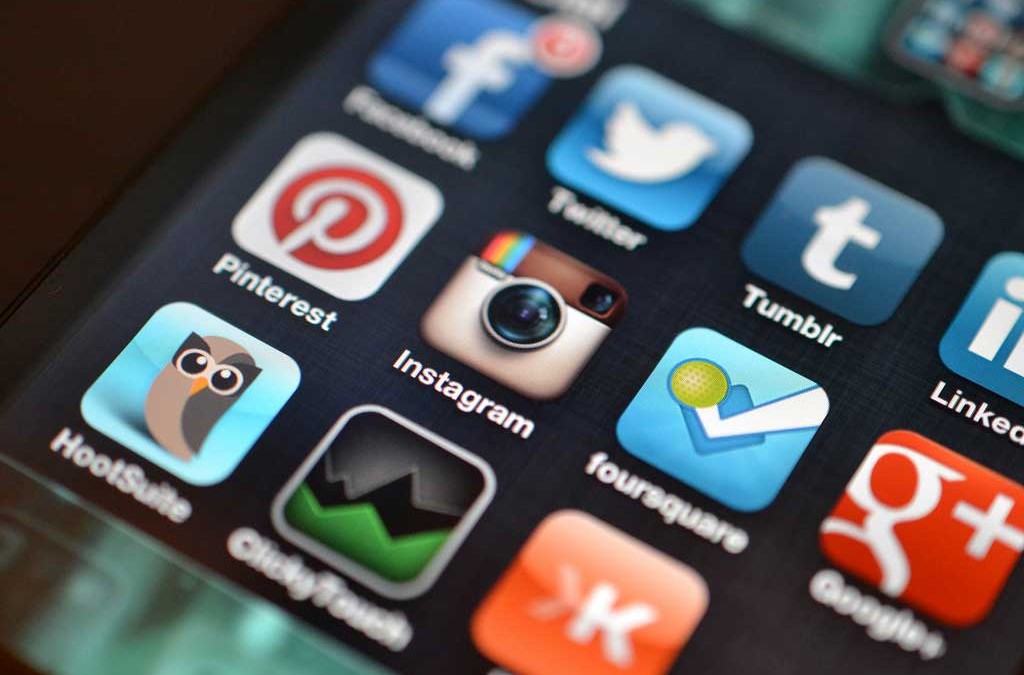It’s probably safe to assume that anyone reading this space already understands the role social media plays in driving quality traffic to their website. It’s no big secret that a website’s ranking in the results returned by various search engines can be greatly improved by a concentrated social media campaign. Anyone ignoring the power of social media continues to do so at their own peril.
As a business, you can’t treat posting to social media in the same cavalier manner as you may when posting family vacation photos on Facebook. You’re doing this for ROI. You’re doing this to maximize engagement with your target audience. In that respect, it might help you to understand exactly when your social media posts are most likely to get the best traction; exactly when users will most often click, share, or email your content.
Several years ago, the folks over at AddThis created a nice little social sharing widget that webmasters around the world have since installed on their websites. According to comScore, they reach over 98% of the United States – and that’s more than either Facebook or Google can brag about. Given that this widget has been so widely adopted (14 million websites totalling 3 BILLION daily pageviews!), the company is able to cull some pretty reliable statistics from the data it generates.
Which brings us back to the topic of the day… just when is the best time to post on social media?
Consider the following:
Sharing on Facebook, Twitter, and LinkedIn is predominantly done in the morning, soon after everyone gets to work. Because of this, those that were on the receiving end of that share are most likely clicking on that content later that same day, probably that afternoon. On the other hand, Pinterest users are most active in the evening hours outside the workplace, both sharing and clicking content as they go.
Analysis: If you are optimizing for clicks on anything but Pinterest, you might want to schedule your post for a time when it is most likely to be shared, extending your reach to a wider audience.

Each social network has a different day and time when activity peaks. You should use this knowledge to your advantage when scheduling your posts. Rather than just let them all go at the same time, stagger them according to when the opportunity for engagement is highest. By not doing so, you’ll be missing out on a stronger opportunity to engage your future customers.
